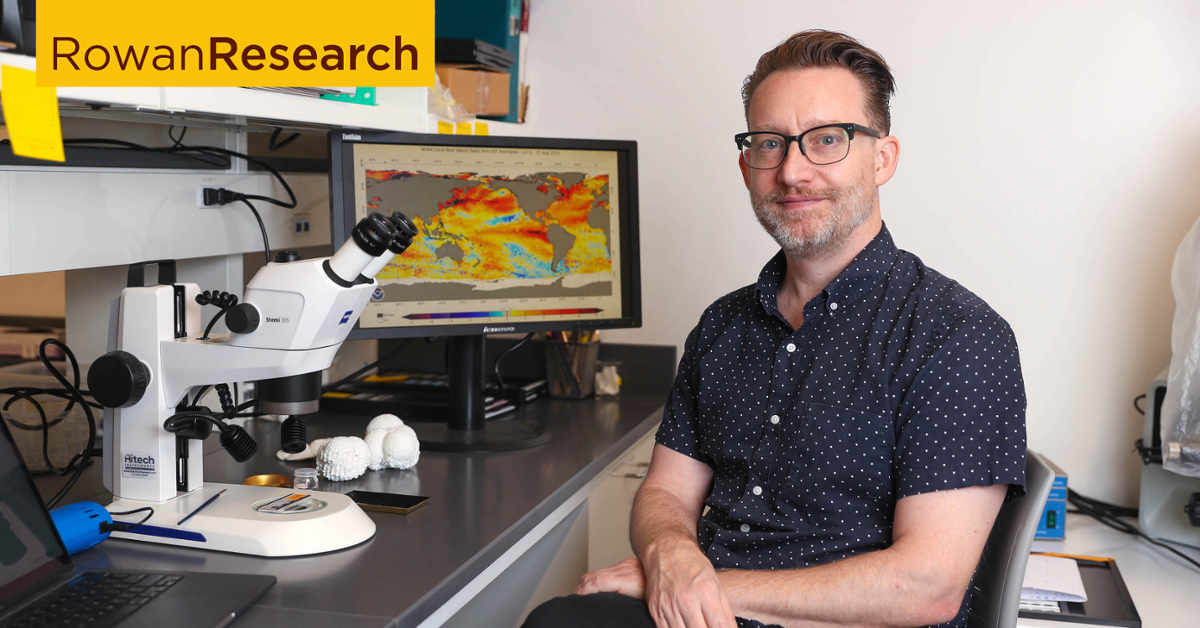Researching climate trends through the study of ancient, single-celled ocean organisms
Researching climate trends through the study of ancient, single-celled ocean organisms

Gerald Rustic, Ph.D., studies very small things with a very big message about climate.
Gerald T. Rustic, Ph.D.
Geologist
Areas of expertise:Paleoceanography, paleoclimatology, climate variability, El Niño Southern Oscillation
More informationAn associate professor of geology in the School of Earth & Environment, Rustic’s research includes the study of foraminifera, single-celled, short-lived ocean organisms that, across many millennia, record changes in their ocean environment.
Currently engaged in two National Science Foundation-funded research projects, Rustic views Earth’s climate history through the lens of foraminifera shells, or “tests.” Over time, foraminifera leave behind countless shells of calcium carbonate that serve as data banks for scientists to decode.
“They live about two to four weeks, and the chemistry of the test is reflective of where they live in the ocean,” Rustic said.
A major focus of his work involves studying forams (short for foraminifera) to track up to 300,000 years of Pacific Ocean temperature trends, in particular alternating El Niño and La Niña periods, warmer and cooler water cycles in the eastern and central Pacific that affect global weather patterns.
“Tropical variability has a huge impact on the rest of the planet,” said Rustic from his TROPIC (The Rowan Oceanographic-Palaeoceanographic Investigation Center) lab in Discovery Hall.
His work on NSF-funded projects relates to the variability of Pacific Ocean temperatures and how they are affected by climate change.
Some of the work involves reconstructing the El Niño-Southern Oscillation (ENSO), a recurring climate pattern that changes ocean surface temperatures in the central and eastern tropical Pacific and affects weather patterns globally.
All of which adds to a deepening understanding of climate and the many factors, from human-caused greenhouse gas emissions to changing Pacific Ocean temperatures to El Niño/La Niña weather patterns, that affect it.
“The climate system is incredibly large and complex,” Rustic said. “If we can understand the past, we can better predict the future.”
Rowan University researchers are passionate about what they do. Find more at Meet Our Researchers.